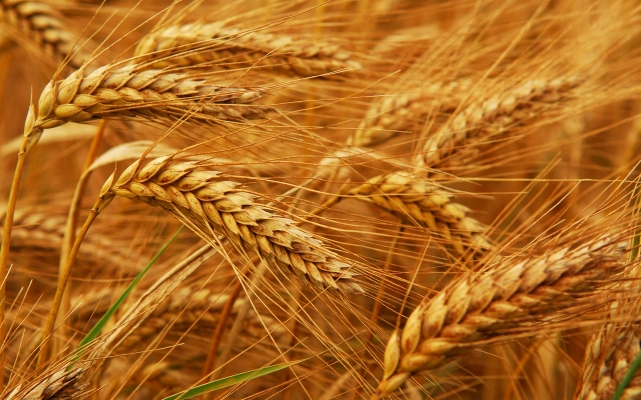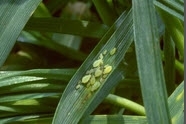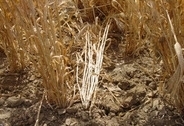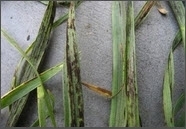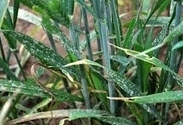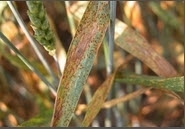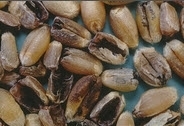General Information
Wheat is an important cereal grain next to rice and important staple food of India. It is rich source of protein, vitamin and fiber. In India, it is mainly grown in Rabi (winter) season. Its three species, namely Triticum aestivum, Triticum durum and Triticum dicoccum are cultivated in the country. India is the fourth largest producer of wheat in the world and accounts for 8.7 percent of the world’s total production.
In Uttarakhand state total cultivation of wheat is done in 0.1 million acre of land and the production of wheat is 0.7tonne/acre.

